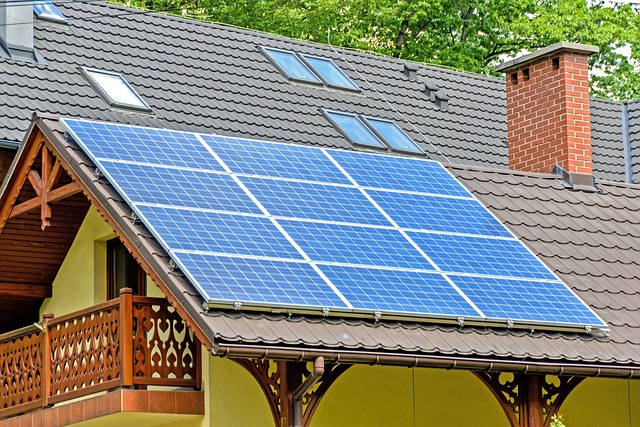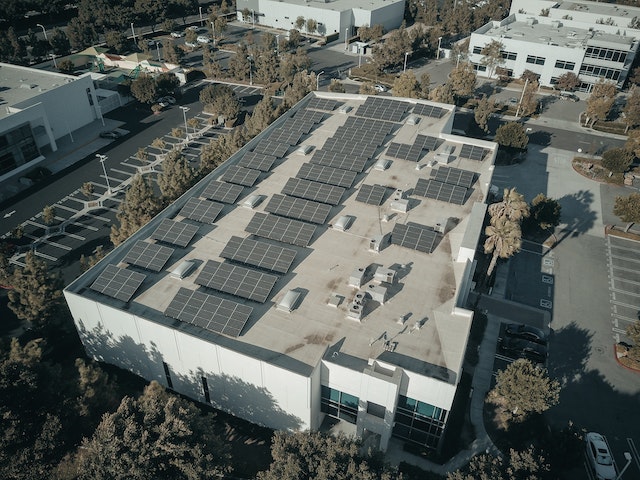Maui solar PV energy is the cleanest form of energy on earth.
Other sources of energy triggers various forms of pollution including land, water, and air pollution. Read on to learn about the key benefits of going green with the cleanest source of energy on the planet.
Benefits of Maui Solar PV Energy
The following are the key benefits of installing Maui solar PV energy:
Maui solar PV energy save lots of money
You can observe a significant drop in your electricity bills right away following installation. The main benefit of using solar energy at home is the reduction in monthly electricity bills. Installing rooftop solar panels can reduce your monthly electricity costs by up to 95%.
Because solar panels directly enable you to generate electricity with the help of the sun, switching to solar electricity helps you reduce your reliance on grid-based electricity. You can significantly increase your savings by lowering your electricity bills. As a result, a solar power system guarantees year-round operation, effectiveness, and savings. In fact, you can eliminate your electricity bills completely by going solar.

Maui solar PV energy increase your property value
Maui solar PV energy can significantly boost your property value. In addition to increasing property value, installing a solar energy system in your home gives real estate brokers a compelling selling point when marketing your home. Homeowners that install solar power systems not only recover the initial cost of their solar systems when they sell, but they also receive a premium, which will boost their return on investment. This is a key consideration for installing Maui solar PV energy. Learn about the various costs of solar on Maui.
Not dependent on centralized grids
Your reliance on centralized private or governmental grids automatically decreases as you switch to solar power. Going independent is the most secure and sustainable option in the long run in a situation of rising demand and erratic supply. Investment in solar energy is safe for the future. You will have even more independence if you supplement your solar power system with a battery backup. You would then be producing your own energy as well as storing it for usage in the event that the primary grid goes down.
Maui solar PV energy contributes to a better environment
Electricity produced from fossil fuels might seem easy and convenient, but it is bad for the environment. By implementing solar rooftop systems, you have made an investment in a clean, renewable energy source that is good for the environment. Solar energy is clean; it has no impact on greenhouse gases, water pollution, or air pollution. Additionally, there are no negative pollutants emitted when electricity is generated by solar panels, making it carbon-free. Additionally, it lessens the need for finite resources. Now you can use your clean, renewable energy without feeling bad every day!
Types of Maui Solar PV energy panels
Monocrystalline solar panels
These panels, also referred to as single-crystal ones, are produced from a single wafer of pure silicon that has been sliced into multiple smaller wafers. Due to their intense black hue, which indicates that they are constructed of pure silicon, they are easily recognized. Monocrystalline solar panels are the most durable and space-efficient of the three different types of solar panels. They are also the most effective and expensive solar panels.
Polycrystalline solar panels
These solar panels are next in line to Monocryalline solar panels. As the name suggests, these are made from many silicon crystals rather than just one. Melted silicon shards are put into a square mold. Many residential solar panels are polycrystalline solar panels. Check out the factors that impact the average costs of solar installation on Maui.
Thin-film solar panels
A distinctive feature of thin-film panels is their extremely fine, flexible layer structure. They are lighter and simpler to install because each panel doesn’t need a frame backing. Unlike crystalline silicon panels, which are available in standard sizes of 60, 72, and 96 cells, thin-film panels can be made in a variety of sizes to meet varied requirements.

